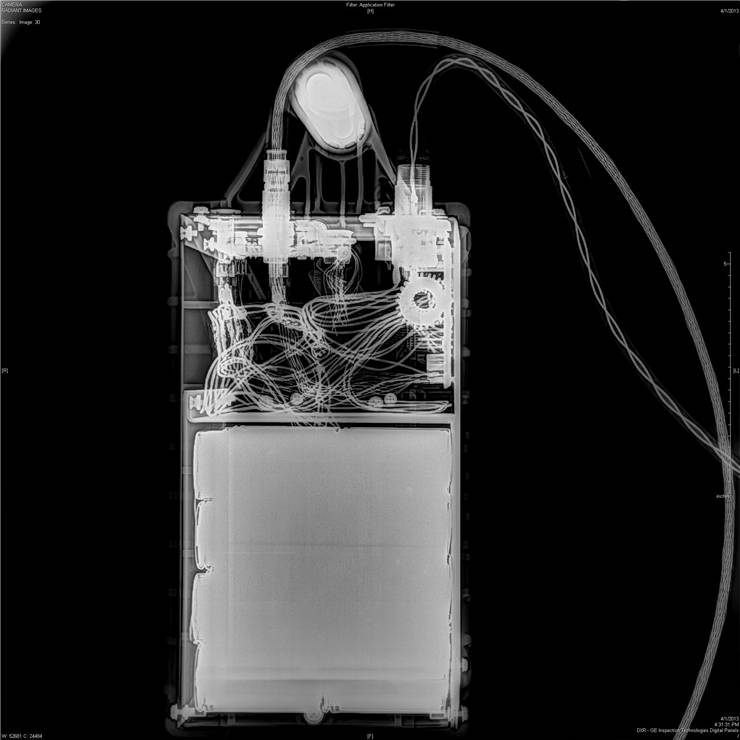Battery Chemistry - What is Battery Made Of?
From the moment Alessandro Volta managed to create first working battery in his laboratory in Italy, inventors, engineers and chemists from all around the world started to explore the functions and abilities of electrochemical cells. By managing to create so many types of batteries, scientists from the last 200 years have managed to completely change our modern industry, evolution of technology and our regular lives.
Chemistry that fuels all electrochemical batteries is based on the process of converting stored chemical energy of “positive” material called cathode towards the negatively charged material called anode. Flow of ions that travels between them can be captured and relayed out of the battery so that flow of electrons can power any device we desire. First simple battery that was created by Alessandro Volta is today known by voltaic pile. It was made from discs of silver and zinc that were separated by leather or pasterboard that was soaked in one of many alkaline solution (salt water and lye were used at first). Each pile of zinc and silver were connected to strips of metal that were at their end submerged in cups of mercury. When mercury cups were touched with both hands, electricity flowed through them.
Modern batteries have of course moved to more advanced materials, of which most popular are listed below.
Primary (non-rechargeable) battery material
- Zinc–chloride (Anode Zn, Cathode MnO2) which is one of the most inexpensive and commonly found batteries today.
- Zinc–chloride battery , famous for larger capacity, longer shelf life and steadier voltage.
- Alkaline batteries , often marketed in same capability range as zinc–chloride.
- Nickel oxyhydroxide batteries are known for good use in high-drain situations.
- Lithium batteries (Li–CuO) are no longer manufactured, and are replaced with silver oxide batteries.
- Lithium–iron disulfide batteries (LiFeS2) are marketed as expensive high-grade batteries.
- Lithium–manganese dioxide batteries (LiMnO2) are expensive, but used because they work well with high-drain devices and have long shelf life (low self-discharge).
- Mercury oxide (Zn HgO) batteries are outlawed in many countries because of the health risk of mercury.
- Zinc–air batteries (Zn O2) are today used in small low-power devices such as hearing aids.
- Zamboni pile batteries are famous for very low current and extra-long life (over 2000 months at room temperature).
- Silver-oxide (Zn Ag2O) batteries are very expensive.
- Magnesium (Mg MnO2)
Secondary (non-rechargeable) battery material
- Nickel–cadmium (NiCd) battery is a very popular mix of ingredients for rechargeable batteries.
- Lead–acid is first type of rechargeable battery ever created. It was first introduced in 1859 French physicist Gaston Planté. Because of its power to weight ratio, it is most commonly used today as car batteries and other heavy-duty batteries.
- Nickel–metal hydride battery (Ni–MH) are very similar to NiCd batteries only with little larger self-discharge rate, managing to replace them in many usage scenarios (most notably home AAA rechargeable batteries, taking 22% of the worldwide market).
- Nickel–zinc rechargeable battery (NiZn) is today found as primary batteries in many home handheld devices, most notably cordless phones, digital cameras, power tools, garden tools, and flashlights.
- Silver-oxide battery (AgZn) can hold a lot of charge, but it is not used widely because of the very high cost of silver. Larger batteries are mostly found inside scientific and military equipment, but smaller one (which are much less costly) can be found in ordinary home devices.
- Lithium ion (LIB) is the most powerful and popular type of rechargeable battery, today used in many handheld devices that require lots of power. This includes not only laptops, smartphones and other handheld devices, but also electric vehicles, aerospace machines, scientific and military applications and more.
